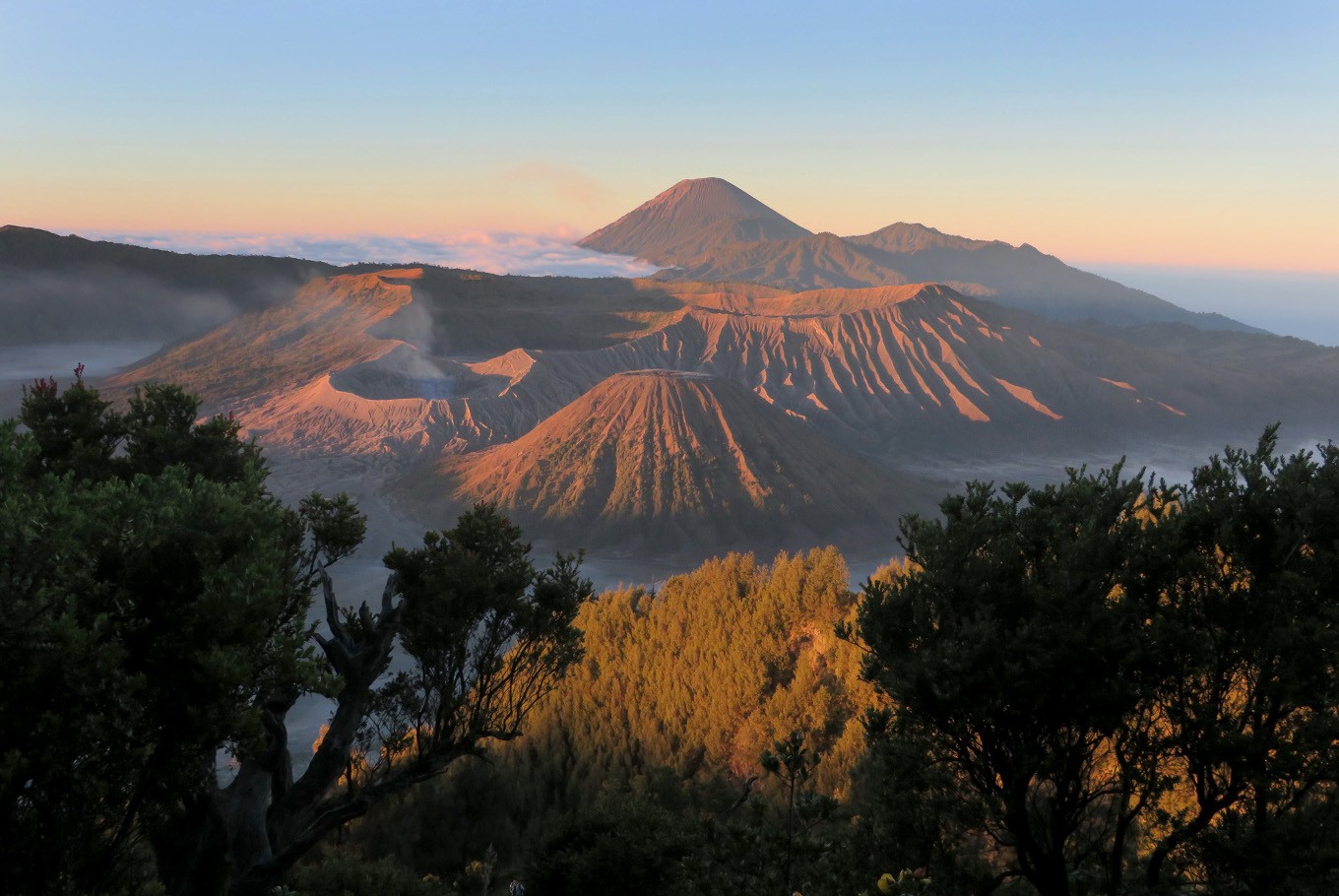Popular Reads
Top Results
Can't find what you're looking for?
View all search resultsPopular Reads
Top Results
Can't find what you're looking for?
View all search resultsIndonesia's priority destinations prone to earthquakes, other disasters
Indonesia's located on the Pacific Ring of Fire, making it prone to disasters, including the government's assigned priority destinations.
Change text size
Gift Premium Articles
to Anyone
I
ndonesia is focusing on developing its tourism, especially with the Tourism Ministry's 10 “New Bali” destinations. With the archipelago located on the Pacific Ring of Fire, however, these destinations are prone to natural disasters.
National Disaster Mitigation Agency (BNPB) spokesman Sutopo Purwo Nugroho said disaster risk mitigation and reduction must be a priority in tourism development to ensure a safer environment.
"In fact, eight of the 10 priority tourist spots are in earthquake-prone areas and some [are in danger] of tsunamis," Sutopo said as quoted by kompas.com.
"Furthermore, the investment value of developing these destinations is up to Rp 500 trillion [US$ 35.24 billion].”
The ministry's designated priority destinations span across the archipelago and they include Lake Toba in North Sumatra, Tanjung Kelayang in Bangka Belitung Islands, Tanjung Lesung in Banten, Thousand Islands in Jakarta, Borobudur temple in Central Java, Bromo Tengger Semeru in East Java, Mandalika in West Nusa Tenggara, Labuan Bajo in East Nusa Tenggara, Waktaboki in Southeast Sulawesi and Morotai in North Maluku.
Read also: Tourism recovery following Sunda Strait tsunami can take 3 months: Ministry
To reduce the impact of natural disasters, he highlighted the need for coordination among various parties, especially those included in the adopted Tourism Pentahelix model.
The Pentahelix, which involves various parties in tourism development, must also involve all participating elements in disaster management, namely the government, businesses, academics, the public and the media.
"Disasters are bound to happen [...] because they have a repetitive element through periods of time, especially with anthropogenic factors that exacerbate disasters," Sutopo said.
Even so, he added, the risk of disasters can be reduced to minimize their impact through disaster mitigation and reduction efforts.
"Behind the blessings of Indonesia's natural beauty is also the hidden impact of a natural disaster if it is not managed well," Sutopo said.
As tourism is often associated with pleasure, tourists see safety and comfort as essential factors in traveling. Sutopo said that natural disasters are one of the factors that can very likely influence the ups and downs of demand in tourism.
He further noted that several recent disasters that have impacted the industry, including the Mount Agung eruption in Bali in 2017 that saw a decrease of 1 million tourists to the island and losses of up to Rp 11 trillion in tourism.
Another was the string of earthquakes that struck Lombok last year, causing a decline of 100,000 tourists and losses estimated to reach Rp 1.4 trillion in tourism. (liz/wng)







